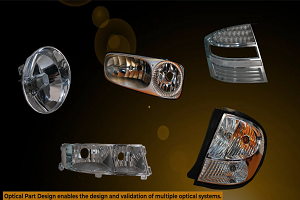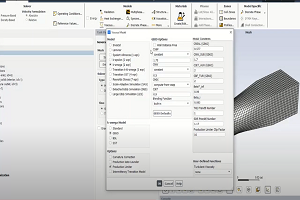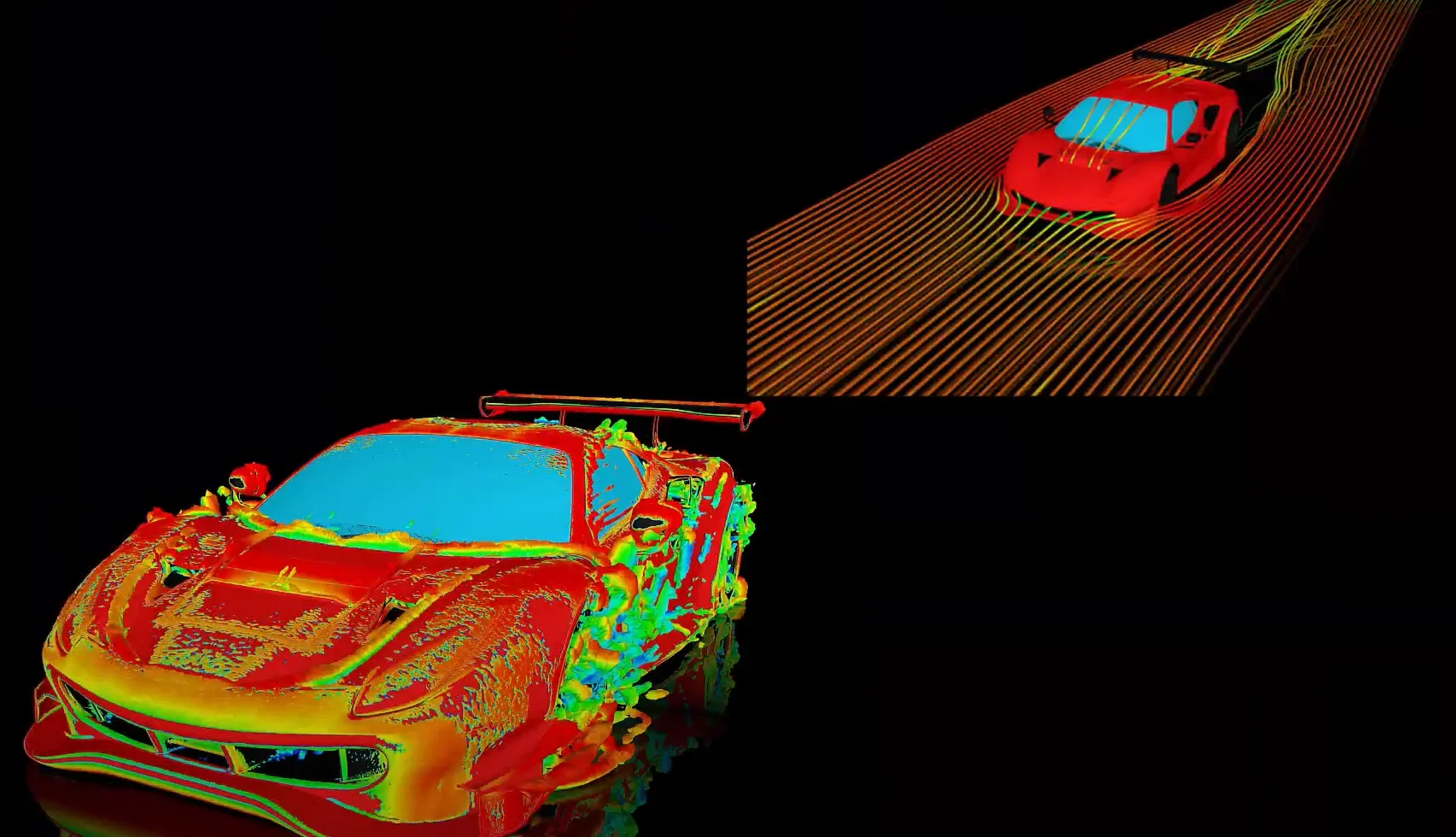How to change contact type between load steps during an analysis? For instance, one want to have a bonded contact during the 1st load step and change it to frictionless in the 2nd load step.
-
-
January 25, 2023 at 7:34 am
 FAQParticipant
FAQParticipantIn Ansys 19.0 and later, one can right click on the analysis branch in the Outline and insert a “Contact Step Control.” Then create both contact types in the model, bonded and frictionless with the same scoping selections. Use the “Contact Step Control” to activate the bonded contact in the first step (alive) and kill it in the second load step (dead). Use another “Contact Step Control” to deactivate the frictionless contact in the first load step and activate it in the second load step. These status changes are done in the table of the “Contact Step Control,’ to the right, not in the Details of the feature. In Ansys 18.2 and earlier, it has to be done entirely with command snippets. The ekill and elive commands can be used. Insert a command snippet under a contact with lines like these: mcid=cid mtid=tid Then under the analysis branch insert a command snippet with lines like these: esel,s,type,,mcid esel,a,type,,mtid ekill,all allsel,all One can set the load step for which the command snippet applies in the Details.
-


Introducing Ansys Electronics Desktop on Ansys Cloud
The Watch & Learn video article provides an overview of cloud computing from Electronics Desktop and details the product licenses and subscriptions to ANSYS Cloud Service that are...

How to Create a Reflector for a Center High-Mounted Stop Lamp (CHMSL)
This video article demonstrates how to create a reflector for a center high-mounted stop lamp. Optical Part design in Ansys SPEOS enables the design and validation of multiple...

Introducing the GEKO Turbulence Model in Ansys Fluent
The GEKO (GEneralized K-Omega) turbulence model offers a flexible, robust, general-purpose approach to RANS turbulence modeling. Introducing 2 videos: Part 1 provides background information on the model and a...

Postprocessing on Ansys EnSight
This video demonstrates exporting data from Fluent in EnSight Case Gold format, and it reviews the basic postprocessing capabilities of EnSight.

- How to reduce contact penetration?
- How to decide which side should be Contact and which should be target in Contact definition?
- What is the difference between secant and instantaneous coefficients of thermal expansion (CTE)?
- Does ECAD trace mapping support more than one type of trace material (usually copper) in the same layer?
- How to use the Newton-Raphson residuals option under Solution Information?
- How to plot stresses of a beam connection in Workbench?
- How can I understand Beam Probe results?
- How to find total heat flowing through a surface in Mechanical?
- Difference Between Environment Temperature and Reference Temperature in Mechanical
- How can I apply a controlled rotation in ANSYS Mechanical

© 2025 Copyright ANSYS, Inc. All rights reserved.

